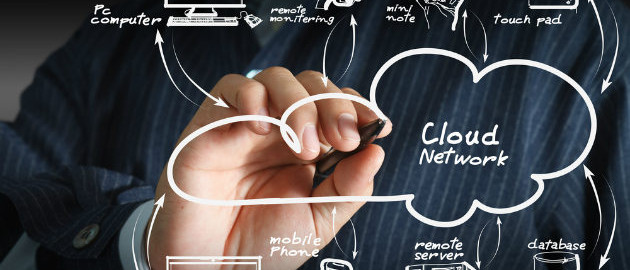Microsoft is releasing the details of the Microsoft NCE (New Commerce Experience) on January 10th, 2022.
This is a price increase for Microsoft 365 and a change in the commitment process.
New Commerce Experience
– January 10, 2022: Microsoft will launch the general availability of NCE for Modern Work and Dynamics 365 for indirect partners to offer to CSP re-sellers. Microsoft will also offer two time-bound promotions to incentivize users via their reseller partners, to migrate to NCE.
These promos are:
5% off annual subscriptions January through March 2022
Monthly subscriptions will be available at annual pricing from January through June 2022.
So, this would require you to sign up with your reseller and change from a month-to-month contract to an annual contract. There is an option to stay month-to-month, but there is a 20% premium fee!
– March 1, 2022: There will be a price increase for the following products:
Enterprise:
Office 365 E1: $10 (from $8)
Office 365 E3: $23 (from $20)
Office 365 E5: $38 (from $35)
Microsoft 365 E3: $36 (from $32)
SMB:
Microsoft 365 Business Basic: $6 (from $5)
Microsoft 365 Business Premium: $22 (from$20).
Please note Microsoft is NOT changing pricing for Microsoft 365 E5, Microsoft Business Standard, or the Frontline SKUs.
– March 10, 2022: All new subscriptions for Modern Work and Dynamics will be required to be procured through the NCE Platform.
– July 1, 2022: All renewal subscriptions for Modern Work and Dynamics will be required to be procured through NCE Platform. Pax8 will no longer allow partners to renew customer subscriptions on CSP legacy.
– October 1, 2022: Incentives only available for NCE transactions (through MCI).
– July 2023: All non-migrated client subscriptions must be moved to the New Commerce Experience.
What Does This Mean for You?
Moving to the New Commerce Experience will help you prepare for future growth thanks to improved revenue predictability, reduced licensing complexity, multiple term options, and features that enable new sales capabilities and operational efficiencies. You can expect:
Term Options
– Monthly term options at 20% premium – if you want to stay on month-to-month, there is a 20% premium in cost.
– Annual term options; upfront or monthly payments
– Tri-annual term options; upfront, annual, or monthly payments
– Cancelation period is now 3 days, including day of purchase. There will be a full refund issued if canceled on day 1, and a pro-rated refund if cancelled on days 2 and 3.
Windows 365: Windows 365 subscriptions will only be available via the monthly term offer on NCE. Windows 365 subscriptions will not be subject to the 20% premium for monthly terms at this time.
Nonprofit and Education: Nonprofit and Education licenses will not be offered on NCE at this time. Non- Profit and Education products will not be affected by the price increases in March.








